Can You Get Protein Without Meat?

This topic describes what protein is and how the human body must receive the protein is needs. It is taken from a report that examines how vegetarians should eat in order to get enough protein from their meatless diet. Although vegetarians eat no meat or fish, same vegetarians, called ovolacto-vegetarians, eat eggs and milk products. There will be several references in this topic to vegetarians and ovolacto-vegetaians.
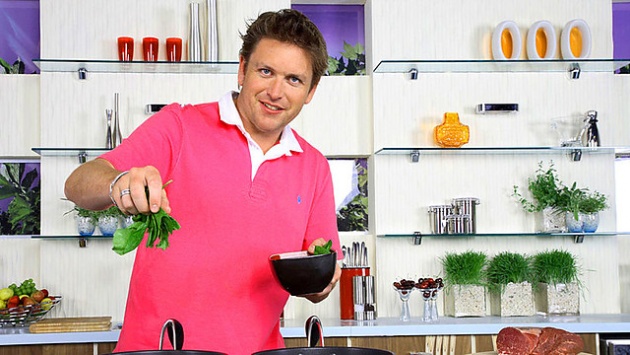
How much protein?
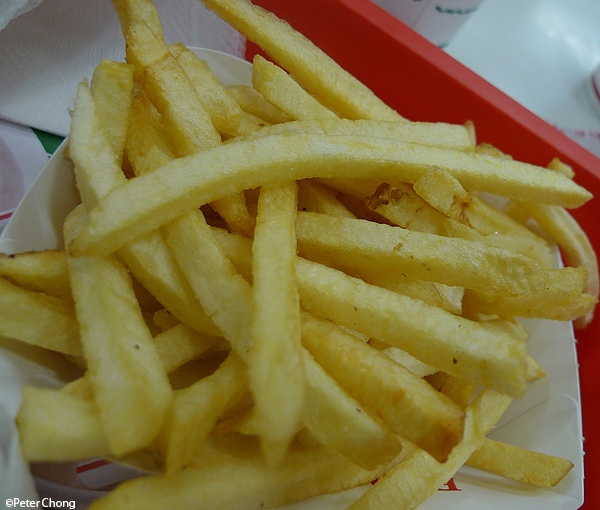
1 Protein has assumed an almost religious importance in the world in the American diet. Some people still believe that eating protein makes you stronger and that strenuous exercise requires eating extra protein, though those notions were disproved long ago. Proteins primary function in the body is the creation and repair of tissue-from skin. Muscles, and bones to hair and toenails. The amount of protein you need, therefore, depends more on your size and age than on your activity.
2 An average mans recommended daily allowance (RDA) for protein is 56 grams; a woman’s is 44 grams. The RDA for children is proportionally more for their weight than the RDA for adult because children are growing. The following table shows how the RDAs change with age and sex:
Children Age (years) Protein RDA (grams)
1-3 23
4-6 30
7-10 34
Female 11-18 46
19+ 44
Male 11-14 45
15+ 56
3 The RDAs for protein, as for other nutrients, are set high to allow for the range of individual needs and for a margin of safety against deficiency. Controlled studies have shown that men eating only 30 to 35 grams of protein a day lost no body protein. That amount would be provided by as little as four ounces of Swiss cheese, tuna, or similar protein-rich food. The RDAs also allow for the different absorption rates of animal and plant protein. Besides eating enough protein, you have to eat enough high-quality a protein is determined by its amino acids.
Steak vs. soy protein
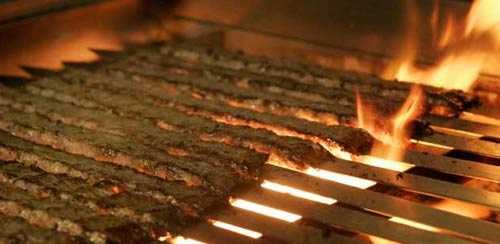
4 Proteins are large molecules composed of various combinations of 22 smaller compounds called amino acids. The human body, if it has enough raw material, can synthesize most of those amino acids. But eight or nine—called the essential amino acids—cannot be synthesized. They must be supplied in food, and they are needed in certain proportions.
5 Other animals produce proteins whose amino acids are in roughly the same proportion as those required by humans, or high-quality protein. Wheat germ, dried yeast, and soybeans approach animal protein in quality. But most plant proteins are low in one or more essential amino acids; the deficient (or limiting) amino acid varies from plant to plant.
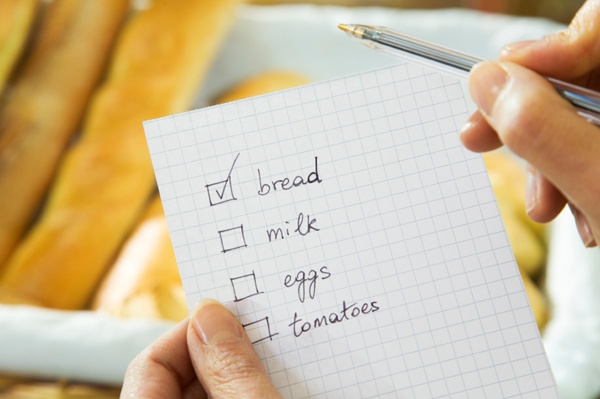
6 The body doesn’t care where its amino acids come from, and few vegetarians eat just one plant food. Most of them eat some animal
Protein, and most animal protein is complete. Animal protein also improves the quality of plant protein when the two are eaten together—an effect known as protein complementation. Thus, the limiting amino acids in macaroni. Shredded wheat, or rye bread are filled in when those foods are eaten as macaroni and cheese, shredded wheat and milk, or an egg-salad sandwich on rye. So ovolacto-vegetarians needn’t worry about getting enough good-quality protein.
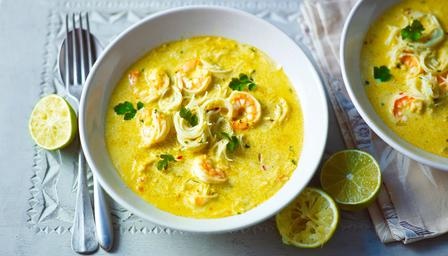
7 It’s also possible to improve the quality of plant protein by combining foods with different limiting amino acids. And because the limiting amino acids of similar plant foods tend to be similar.
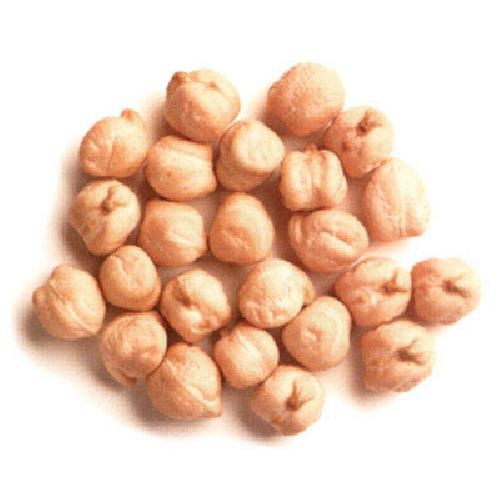
You don’t have to memorize an amino-acid table to complement plant protein. Beans and rice, for example, are a food combination common through-out the world. The limiting amino acid of the beans (methionine) is supplied by the rice, and the limiting amino acid of the rice (lysine) is supplied by the beans, Grains (such as rice, oats, wheat, and corn) and legumes (such as beans, lentils, and peas) complement each other effectively. Combinations can be as mundane as peanut butter sandwiches or as exotic as tabouli. The cracked-wheat and chickpea salad of the Middle East. Other plant proteins don’t complement the protein in grains and legumes quite as well but are still useful as protein sources.
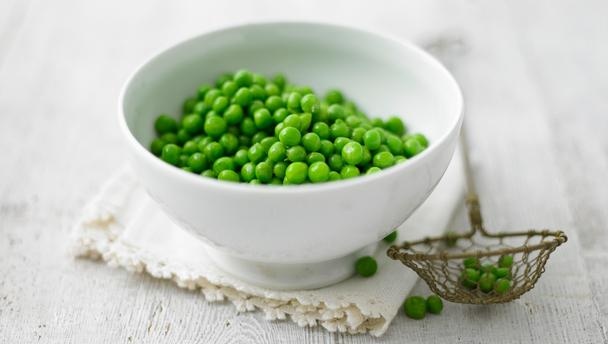
8 Protein malnutrition usually occurs only when you don’t get enough food to eat. The person most vulnerable is the young child eating a monotonous all-plan diet. Plant foods are generally bulky and have a low protein content (cooked rice, for example, is only about 2 percent protein), it’s therefore sometimes hard for small children to eat enough to meet their protein needs. Even a small amount of animal protein, such as milk, can significantly improve the quality of protein a child eats, fortified soy milk can also be useful in helping a child get enough high-quality protein.
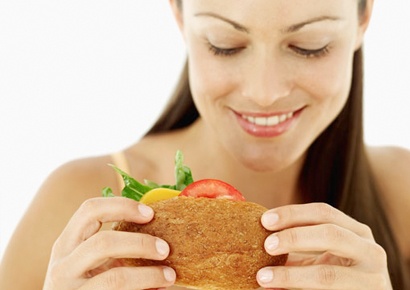
written by: sonia "basharmal"



